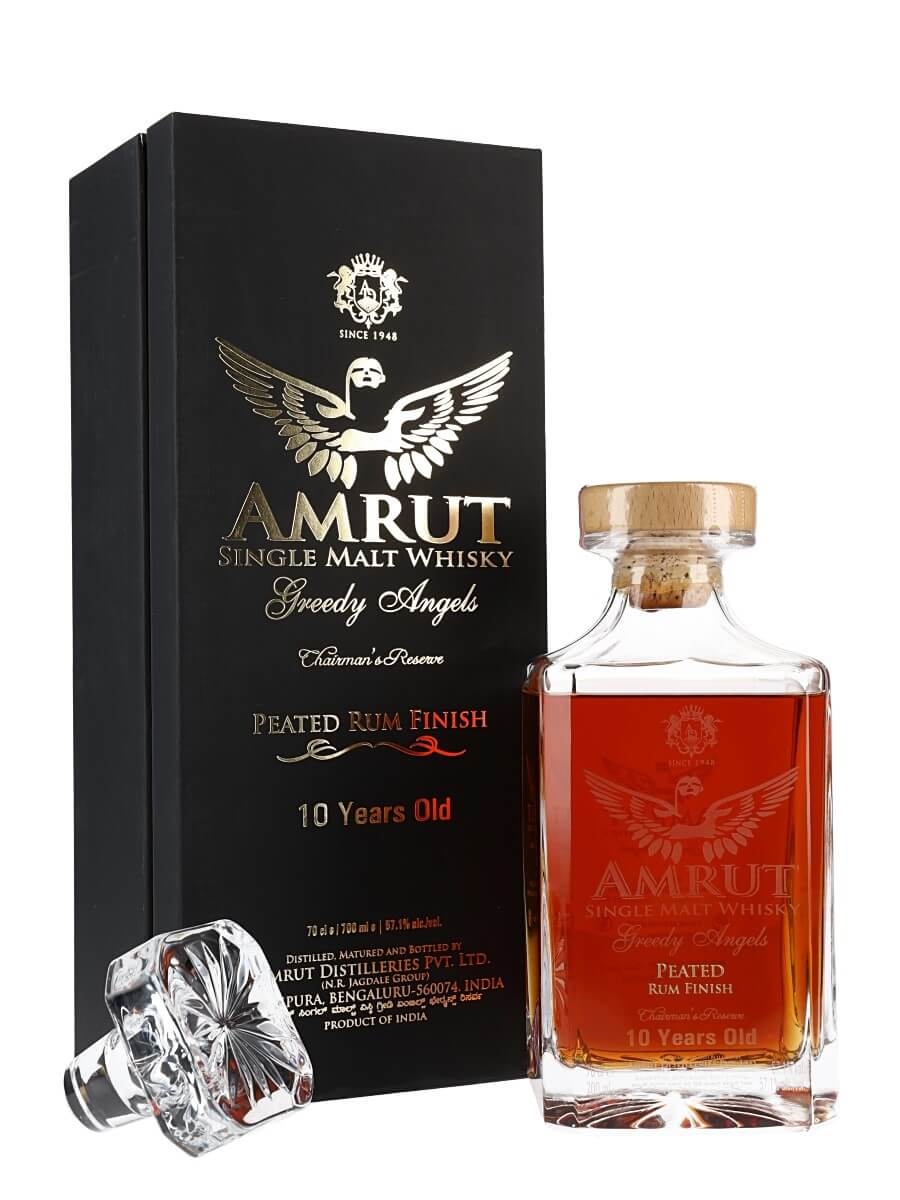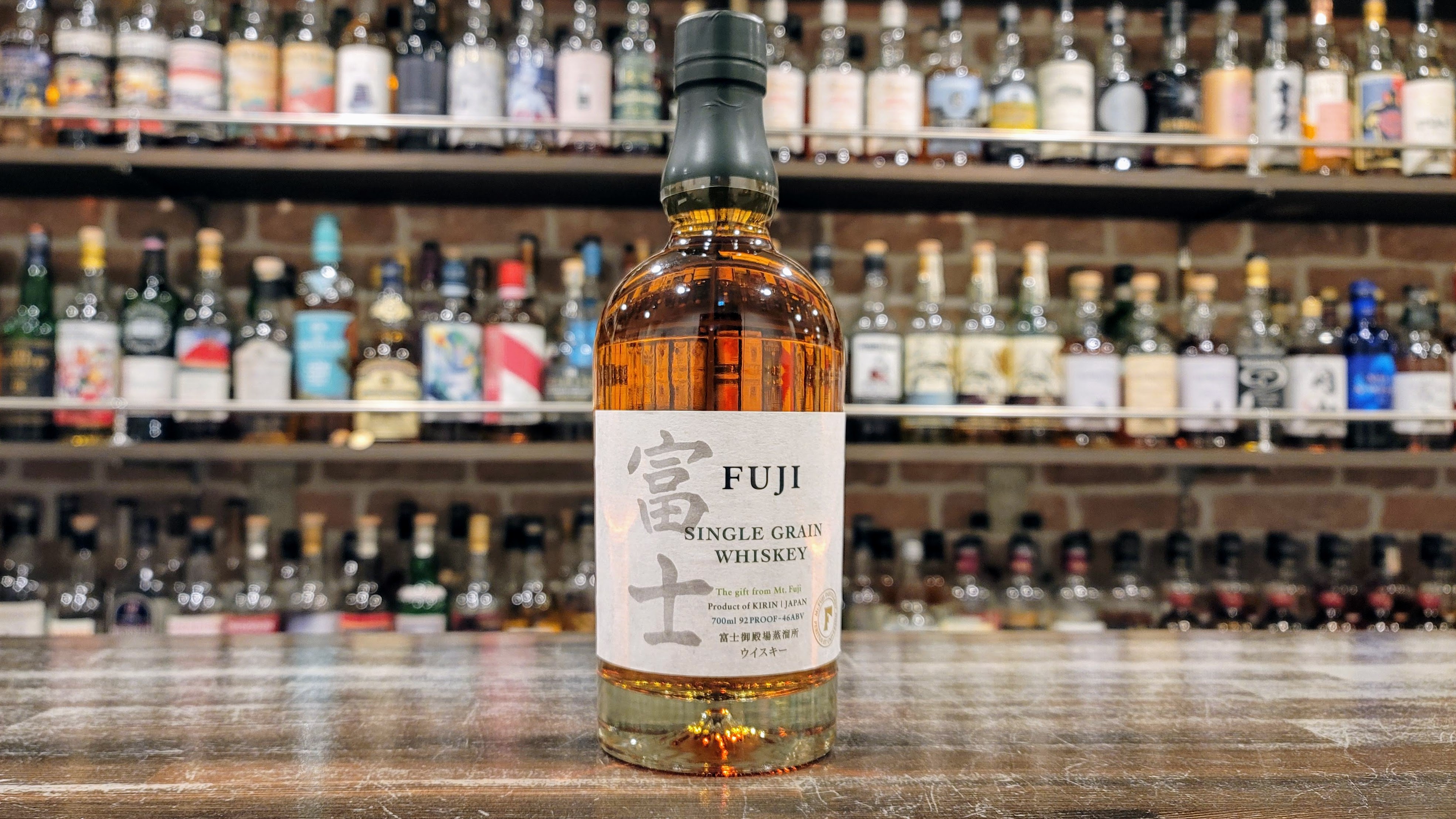As a whisky enthusiast, I’m drawn to the unique flavours and characteristics that come from different regions and production methods. Depending on the place, the whiskies are known to have some specific characteristics, even though the casks used and the blending of those casks might hide some of those characteristics. A few distilleries want to go further, and pay more attention to the raw materials and how they are produced and harvested. Domaine des Hautes Glaces was one of, if not the first, believing in terroir in whisky, without shouting about it to who wants to listen… or doesn’t. For DHG, agro-ecology is at the heart of the production of their organic whisky. Let’s talk a bit about that then we’ll review the DHG Obscurus, a six-year-old organic single rye whisky.
Agro-Ecology and Organic Whisky
Agro-ecology is a scientific discipline that studies the interactions between agricultural systems and their environment, with the goal of designing more sustainable and resilient farming practices. It is based on the principles of ecology, which is the study of the relationships between living organisms and their environment, and applies this knowledge to the management of agricultural systems. Agro-ecologists aim to understand how different farming practices and technologies impact the environment and the health of the ecosystem, and to develop strategies that can improve the sustainability of agriculture while also maintaining or increasing its productivity.
One of the key principles of agro-ecology is the idea that farming should be integrated with natural systems, rather than isolated from them. This means adopting practices that mimic the patterns and processes of nature, such as planting a diversity of crops, using natural fertilisers, and promoting the presence of beneficial insects and other organisms that can help to maintain the health of the ecosystem. Agro-ecologists also advocate for using local resources and knowledge, such as indigenous crops and traditional farming techniques, to create farming systems that are adapted to the specific conditions of a given region.
Another important aspect of agro-ecology is the focus on building resilience in agricultural systems. This means designing farming practices and technologies that can withstand environmental challenges such as extreme weather events, pests and diseases, and soil degradation. Agro-ecologists work to understand how these challenges impact agricultural systems, and develop strategies to reduce their negative effects. For example, they may promote the use of drought-resistant crops or the adoption of conservation tillage practices that help to maintain soil health and reduce the risk of erosion. Overall, the goal of agro-ecology is to create sustainable and resilient farming systems that can support the long-term health of both the environment and the people who depend on agriculture.
And one area where agro-ecology is gaining popularity, one that will interest this humble blog’s readers, is in the production of organic whisky. This type of whisky is made from grains that are grown without the use of synthetic fertilisers, pesticides, or herbicides. In order to achieve this, farmers who produce organic whisky rely on agro-ecological practices such as crop rotation, intercropping, and the use of cover crops to maintain soil health and fertility.
Crop rotation is a key agro-ecological practice in the production of organic whisky. This involves growing a variety of crops on the same piece of land in a predetermined sequence. For example, a farmer may plant wheat in one year, followed by barley the next year, and then rye in the third year. This practice helps to break pest and disease cycles, improve soil structure, and maintain soil fertility.
Intercropping is another important agro-ecological practice used in the production of organic whisky. This involves planting two or more different crops together on the same piece of land. For example, a farmer may plant oats and clover together, or barley and peas. This practice helps to increase the productivity of the land by making use of the different growing habits and nutrient requirements of the different crops. It also helps to reduce the need for synthetic fertilizers and pesticides, and can improve the overall health of the soil.
Cover crops are another important agro-ecological practice used in the production of organic whisky. These are crops that are grown specifically to improve the health of the soil, rather than for their edible or commercial value. For example, a farmer may plant clover, alfalfa, or mustard as a cover crop. These crops help to add organic matter to the soil, improve soil structure, and reduce erosion. They also help to suppress weeds and reduce the need for herbicides.
In the end, agro-ecology is an important approach to agriculture that is being applied to the production of organic whisky. By relying on practices such as crop rotation, intercropping, and the use of cover crops, farmers who produce organic whisky are able to maintain the health and fertility of the soil, reduce their reliance on synthetic inputs, and produce a high-quality product that is both sustainable and environmentally friendly.
Distillerie des Hautes Glaces
Distillerie des Hautes Glaces is a small distillery located in the French Alps. It was founded in 2009 by Frédéric Revol, an agronomist engineer, and Jérémy Bricka, an oenologist he met when he was still a student. The distillery is located in the heart of the Massif des Écrins National Park, in Saint-Jean-d’Hérans, at the altitude of 900 metres. At first, barley was planted in 2007 on fields lent by farmers, and the harvest was done in 2008. The first proper whisky was released in 2012, and they use long (110 to 140 hours) fermentation with wild yeast, and wood fire to heat their stills. Their range is made of Moissons Malt (Moissons means harvests), a single malt made from malted barley, and Moissons Rye, made from 100% malted rye. They also have various single casks with sometimes some rarely used casks, like Jura yellow wine, for instance, as well as XO°, their first 10-year-old (XO is usually used in Cognac and Armagnac to designate 10-year-old or more cognacs and armagnacs). And of course, one of their single casks is the DHG Obscurus Single Rye we are trying today.
DHG Obscurus Single Rye Review
Obscurus is a single rye distilled in 2012 and matured for 6 and a half years in a cask of secret origins (sic), before being bottled at cask strength in 2019. The rye used was harvested in 2012 from Climat Les Gaberts. Out of that cask, 666 bottles were filled at 52.5% ABV, without the use of chill filtration nor colouring. Fun fact: the back label says 7 years, but it seems the maturation lasted 78 months, so that’s 6 and a half years. The rumour says that the cask contained a foreign red wine, which would be the only non-French sourced cask used if true… The secrecy around the cask and the colour gave the whisky its name: Obscurus. Still available in France, for instance at Vins Laly for €175.

Colour:
Polished mahogany. Small beads slowly get bigger before turning into fat slow descending legs.
Nose:
Neat: Quite intense! The first nose is quite vinous, somewhere between red wine and a dry oloroso. I can find some freshly tanned leather still drying. The nose is also reminiscing of game, it reminds me of pheasant being gutted after the Sunday hunt. Finally, dark fruits leave a light sweetness to the nose.
With water: more of the same, though water seems to light the alcohol burn on the nostrils that I didn’t get when neat.
Palate:
Neat: Oily mouthfeel, with a vinous then peppery arrival. Dark cherries intertwine with with triple-sec and amaretto, whilst there are some underripe plums bringing a refreshing sourness. Though the rye was not peated, there is an enticing and enveloping smoke, with empyreumatic notes of coffee and cacao powder.
With water: Liquorice all sorts takes a bit over the vinous notes. The pepperiness has toned down as well. This is getting seriously good.
Finish:
Vinous again, in the extension of the palate, with a warmth in the throat. Amaretto again, liquorice sticks and dry vermouth.
Comments:
What a different whisky! The nose is really in another world compared to other whiskies, it might almost make you think of an Armagnac (and I’ve changed my glass between yesterday’s Armagnac and today’s whisky!) with some of its gamey notes. Quite vinous when neat, the palate gains from the addition of a few drops of water. The vinous side is toned down, liquorice appears bringing some welcomed freshness, and everything is getting more balanced. In the end, the cask was quite certainly a bit too active, and I need to have another go at DHG’s single rye, but next time with a cask showing more restraint. After having tasted it neat I was going for an 84, but it takes water well on the palate, so let’s add a bonus point.
Rating: 85/100
Lead photo: @FAShooter, thank you for allowing me to use it!



